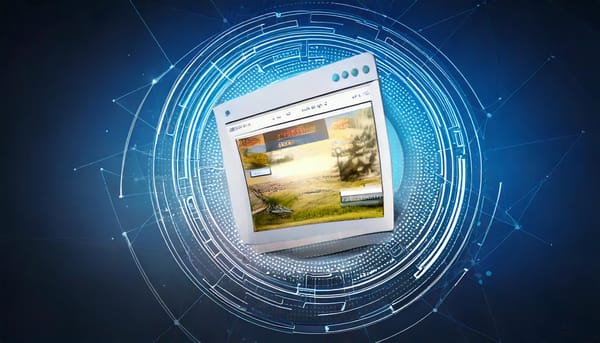What happens when a CPU starts?
Came across this fascinating text file today https://lateblt.tripod.com/bit68.txt. Reminded me of my Computer Architecture class in college.
Two things stood out and is proably the most important information:
Generally, when a CPU chip first receives power, it must be reset by receiving a pulse on its RESET (or RST) pin. This is because when the power supply is first powering up, even if it only takes a second or two, the CPU has already received "dirty" power, because the power supply was building up a steady stream of electricity. Digital logic chips like CPUs require precise voltages, and they get confused if they receive something outside their intended voltage range. Thus, as soon as the chip has powered up, it is reset to bring it to a known starting condition. This is done automatically by circuitry on the motherboard that performs a reset upon power-up. The RESET pin (which is usually active-low) must be activated for a certain number of clock cycles to reset the CPU. The reset circuit keeps the RESET signal active for a moment, then disables it, at which point the CPU begins its act.
Its always good to start from a clean slate.
Regardless of where the CPU begins getting its instructions, the beginning point should always be somewhere in a ROM chip. The computer needs startup instructions to perform basic hardware checking and preparation, and these are contained in a ROM chip on the motherboard called the BIOS. This is where any computer begins executing its code when it is turned on.
It has got to be somwhere permenant.





